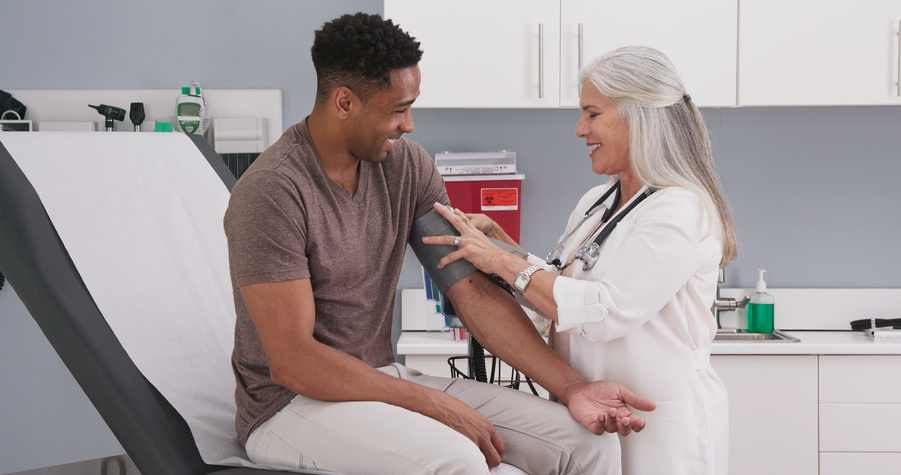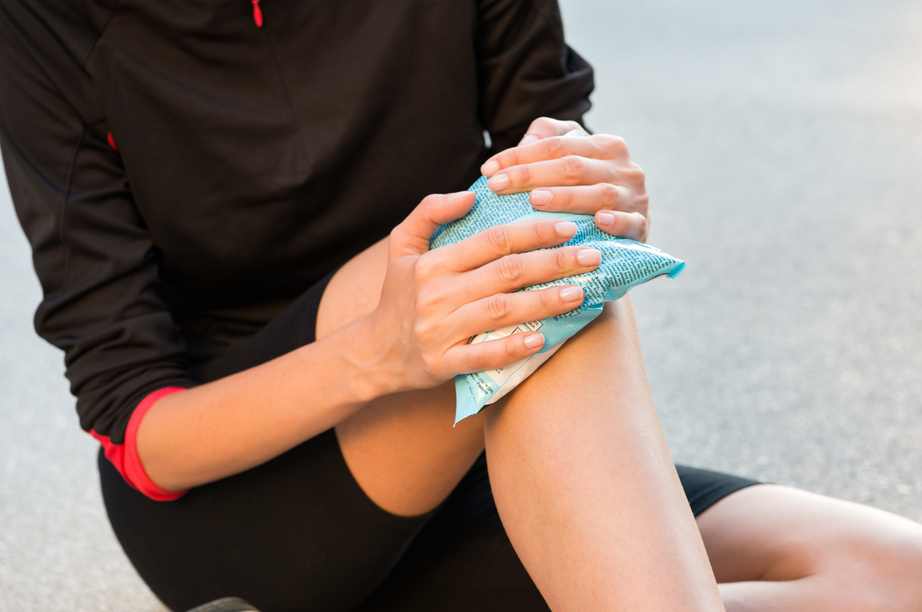In the U.S., 23 percent of all adults have arthritis. While there are a number of causes of this condition, many people aren’t aware that it can develop as a result of candidiasis—a fungal infection caused by a type of yeast called Candida albicans.
In this article, we’re going to cover everything you need to know about Candida arthritis, including why it occurs, symptoms to look for, how it’s diagnosed, and how it can be treated. Here’s what you need to know.
What is Candida?
First of all, let’s discuss what exactly Candida is. Candida is a type of yeast that’s a part of our natural microflora—the microorganisms that live in or on our bodies. It can be found in the GI tract, mouth, and vagina. Everyone has some Candida and, most of the time, it causes no issues. If Candida overgrows, however, it can cause fungal infections. In fact, Candida is the most common cause of fungal infections in humans.
Common infections caused by Candida overgrowth include fungal urinary tract infections (UTIs), genital yeast infections, oral thrush, and mucocutaneous candidiasis (infection of skin and mucus membranes).
 How can Candida cause arthritis?
How can Candida cause arthritis?
If an overgrowth of Candida is left untreated, it can enter a person’s bloodstream and travel throughout the entire body. When this happens, Candida can infect bones and joints, causing arthritis. It’s important to note that Candida arthritis is rare in people with normally functioning immune systems. It more commonly occurs in people whose immune systems are suppressed, such as those with low white blood cell counts, HIV infection, or those taking chronic cortisone medication.
Another less common way Candida arthritis can develop is if a medication that is contaminated by Candida is directly injected into a joint.
Research shows that Candida arthritis most commonly affects the hip and knee joints. Common symptoms include pain, heat, redness, tenderness, stiffness, and swelling. One-third of patients with Candida arthritis also experience fever and limitation of movement. These symptoms usually manifest weeks to months after the joint initially becomes infected.
If left untreated, Candida arthritis can lead to permanent damage to the affected joint with loss of function.
How is Candida arthritis diagnosed?
Candida arthritis is considered when a person who is immunocompromised develops inflammation of a joint. To test for this condition, joint fluid is aspirated from the joint with a needle and syringe. The fluid is then sent to a laboratory to culture the precise fungal organism and establish a diagnosis.
A doctor will also likely conduct blood work, which may include testing the white blood count and inflammation markers, as well as doing a blood culture. Imaging tests, such as X-rays or MRI’s, may also be used to determine the type and extent of joint damage.

How is Candida arthritis treated?
Thankfully, Candida arthritis can be effectively treated, but it must be caught early to prevent significant joint damage from occurring. As such, if you develop symptoms of arthritis, it’s recommended that you visit your doctor immediately for a thorough examination, especially if you’re immunocompromised.
Treatment involves taking antibiotics that kill the Candida yeast that’s causing the joint infection. Draining the infected joint is another essential part of treatment and generally is performed by an orthopedic surgeon.
Are there home remedies for Candida arthritis?
While home remedies cannot cure Candida arthritis, there are certain things you can do to ease your symptoms while you’re undergoing medical treatment, promote a speedier recovery, and in some cases, prevent another infection. Some home remedies include:
- Heat and cold: Heat can help ease joint stiffness, while cold can reduce inflammation, swelling, and pain.
- Natural supplements: Taking natural supplements, such as JointFuel360, can help ease the symptoms you’re experiencing, facilitate your recovery, and potentially reduce the chances of a future infection. JointFuel360 is an oral supplement that combines research-backed, anti-inflammatory ingredients, including turmeric root, black pepper extract, Boswellia serrata extract, resveratrol, collagen (type II), and hyaluronic acid.
- Practice self-care: Good self-care is crucial when overcoming Candida Make sure you’re eating a healthy diet, staying hydrated, getting adequate sleep, and managing stress.
- Allow yourself to rest: While exercise is beneficial for other types of arthritis, such as osteoarthritis, exercise is not recommended when treating Candida That’s not to say you can’t practice gentle movement like walking, but don’t go out of your way to exercise during your recovery.

How can you prevent Candida arthritis?
When it comes to Candida arthritis, living a healthy lifestyle is the best form of prevention. The most important area of your life to look at is your diet. Reduce or eliminate your consumption of refined sugars, refined carbohydrates, and high-lactose dairy products, as these foods have been shown to encourage Candida growth.
On the flip side, certain anti-inflammatory foods have demonstrated an ability to inhibit the growth of Candida in the body. Foods to regularly consume include garlic, coconut oil, curcumin, aloe vera, pomegranate, kombucha, and probiotics like Lactobacillus. You can also opt to take a supplement, such as JointFuel360, which has some of these Candida-busting superfoods, as well as other anti-inflammatory ingredients.
When making your meals, load your plate up with anti-inflammatory, plant-based foods, such as fruits, veggies, legumes, whole grains, nuts, seeds, and smaller amounts of lean protein, if desired.
The bottom line
While Candida arthritis is not the most common cause of arthritis, it’s important to know that it is a potential cause for joint-related symptoms. If you’re experiencing arthritis symptoms, always visit your doctor to determine the underlying cause. And remember, prevention is key. Prioritize living a healthy lifestyle, which will help keep your inflammation levels down, inhibit the growth of Candida, and keep your immune system strong.
References:
https://www.cdc.gov/chronicdisease/resources/publications/factsheets/arthritis.htm
https://www.medicinenet.com/fungal_arthritis/article.htm
https://www.ncbi.nlm.nih.gov/pmc/articles/PMC4742637/
https://www.sciencedirect.com/topics/medicine-and-dentistry/candida-arthritis
https://pubmed.ncbi.nlm.nih.gov/24789109/
https://pubmed.ncbi.nlm.nih.gov/21204918/
https://pubmed.ncbi.nlm.nih.gov/27051559/
https://pubmed.ncbi.nlm.nih.gov/24145527/
https://www.ncbi.nlm.nih.gov/pmc/articles/PMC4253296/
https://pubmed.ncbi.nlm.nih.gov/20930339/
https://onlinelibrary.wiley.com/doi/abs/10.1111/j.1745-4514.2011.00629.x
https://pubmed.ncbi.nlm.nih.gov/21672043/
